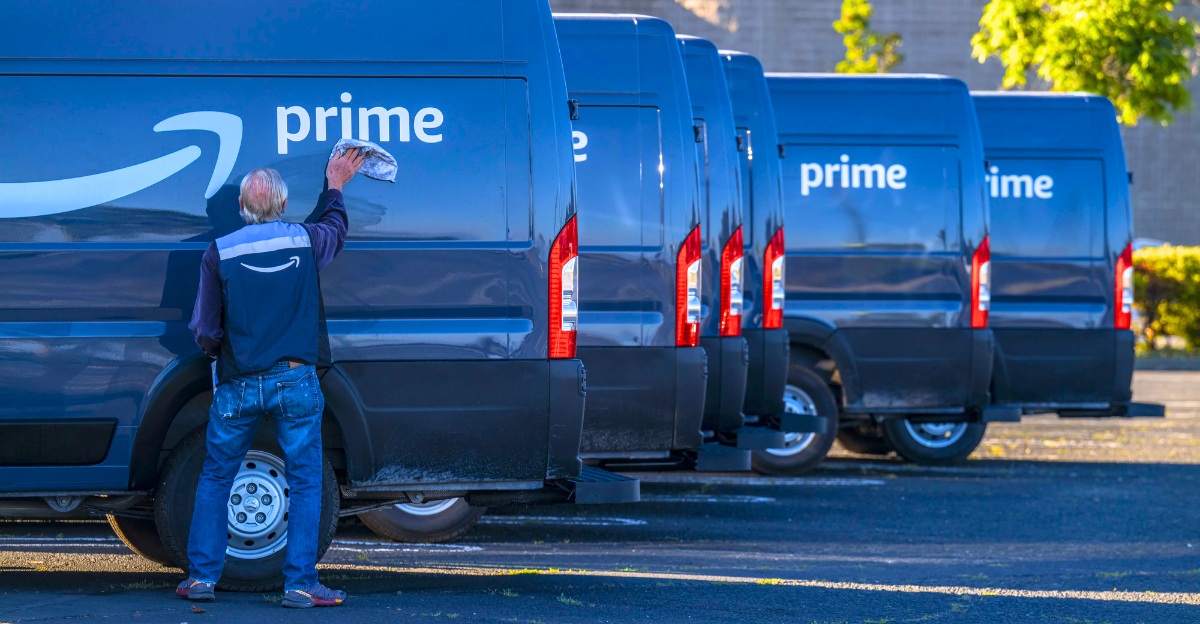
Amazon Prime has long been the standard bearer for speed, reliability, and delivery. But recently, as the company moves to improve and expand, something doesn’t quite add up.
Shoppers complain about delays, confusion, and a subtle shift in what “Prime” really signifies. While this shift isn’t making news headlines, it’s igniting hot debates on Reddit and TikTok.
Is Prime still keeping its initial promises, or is a key feature slipping away while everyone is watching in awe at its next big expansion?
Amazon’s Unrelenting Growth: The Past Decade’s E-Commerce Giant
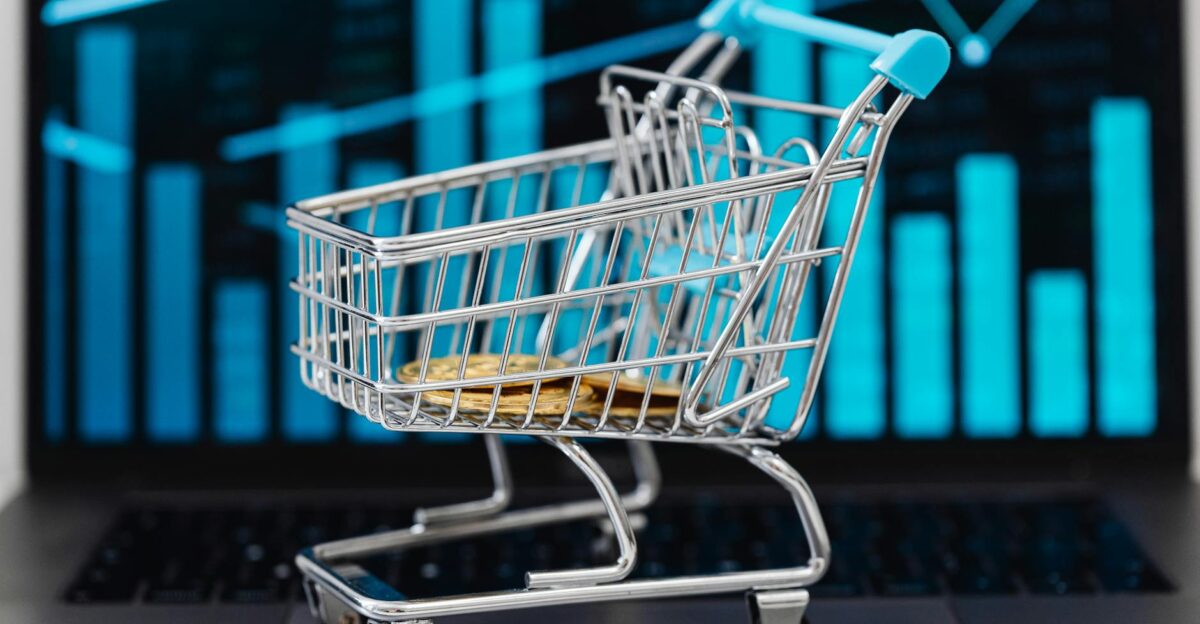
In the last eight years, Amazon’s growth has been unrelenting, reshaping how Americans shop. Between 2017 and 2025, the company’s annual net sales skyrocketed from $106 billion to an estimated $410 billion, according to its annual reports.
Now, as its attention turns from urban domination to nationwide availability, the company’s $4 billion expansion will introduce new priorities, such as speed, efficiency, and reach, leaving its rivals scrambling.
Prime’s Evolution: From Urban Perk to Rural Lifeline
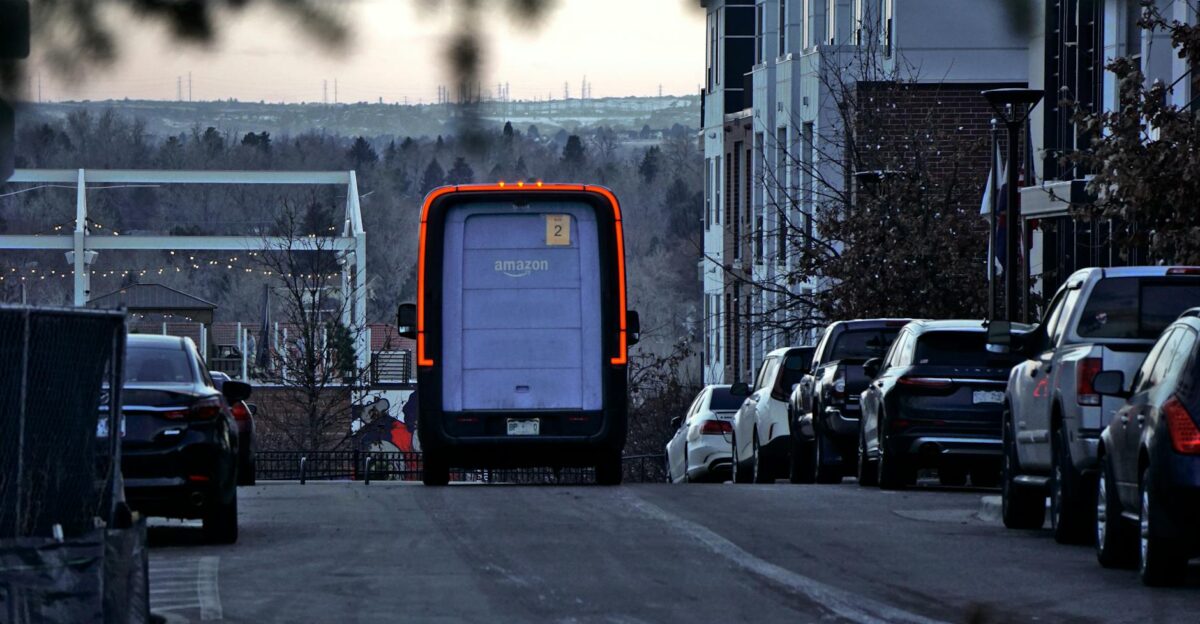
Prime was once a luxury for city dwellers, but it’s about to become a lifeline for rural America. Amazon’s official statement in June expressed that the company is “…expanding Same-Day and Next-Day delivery to over 4,000 smaller cities, towns, and rural communities by the end of 2025.”
Ultimately, the company is betting that this will win over new markets and cement its dominance.
The Industry’s New Battleground: Rural America
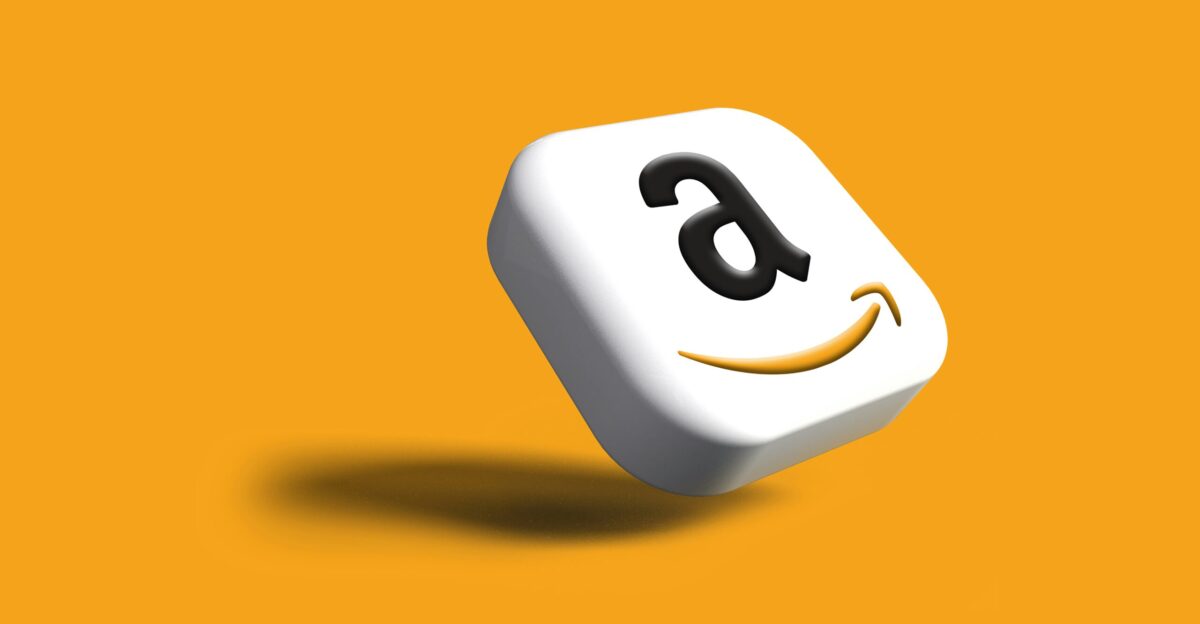
Suburban America has emerged as the hottest battleground in the delivery war. Walmart and Amazon face off to meet the needs of rural towns and urban cities alike in a trillion-dollar market.
Rural consumers, with limited local shopping options, are hungry for Prime’s convenience. They state that “… No one wants to wait two days to receive paper towels, diapers, or dog food when they’ve run out.”
But as Amazon expands its reach, the cost and complexity of living up to all those promises rise.
Prime Day Gets a Makeover: Four Days, More Deals, Higher Stakes
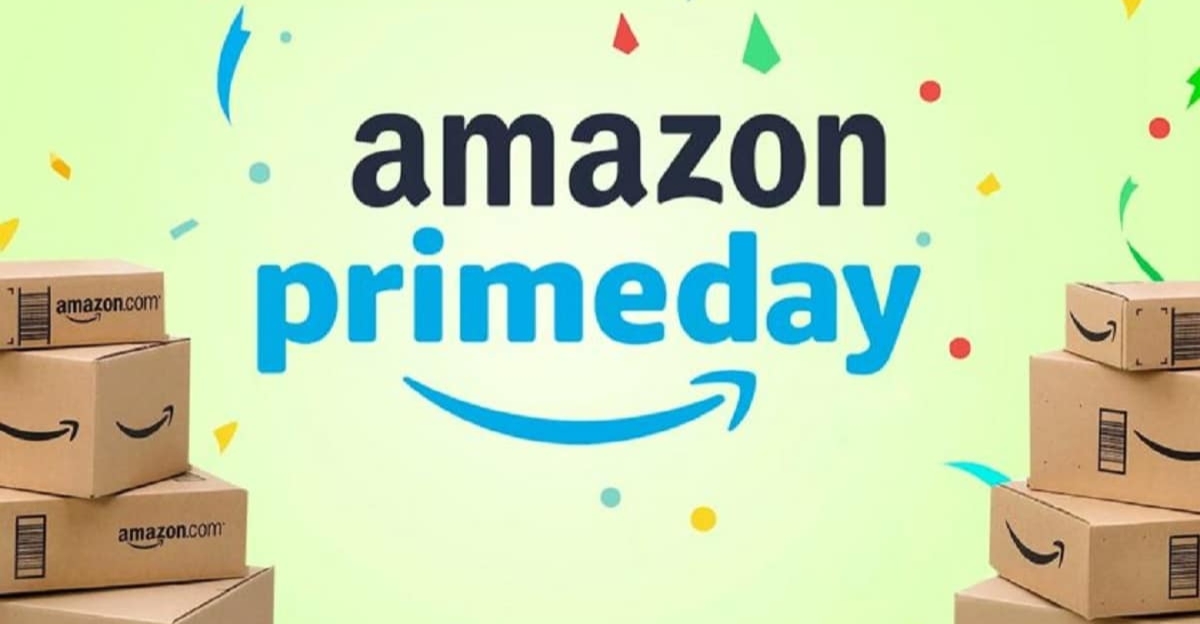
This year’s Prime Day isn’t just longer —it’s an indication of Amazon’s new strategy. The four-day spectacle, taking place between July 8th and July 11th, isn’t just offering more discounts, up to 50% off, but it’s also giving customers more time to browse millions of sale items.
Amazon is using the event to promote its new delivery network, but behind the scenes, not all Prime benefits will survive the revamp.
Rural Dreams: What Fast Delivery Means for Small-Town America
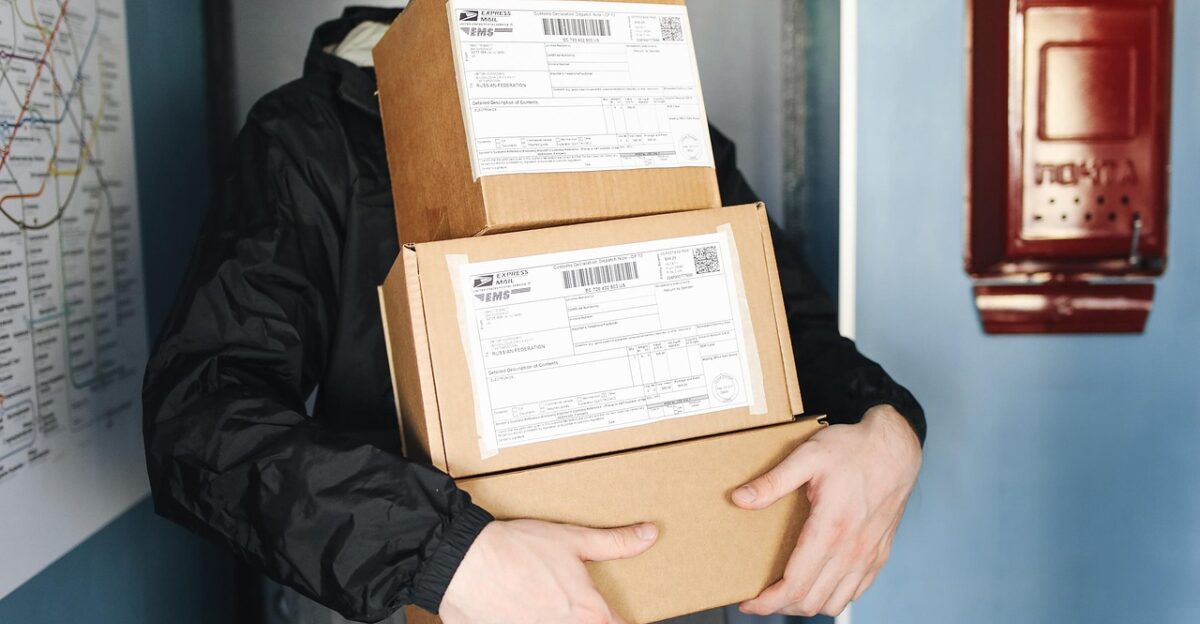
For families in towns like Lewes, Delaware, or Sweetwater, Texas, same-day delivery is more than an added amenity; it’s a lifestyle game changer. Now, household necessities will be available for delivery faster, and the new strategy will increase job opportunities countrywide. This rural expansion is set to redefine what “access” means to millions.
Hope, Excitement, and a Hint of Unease
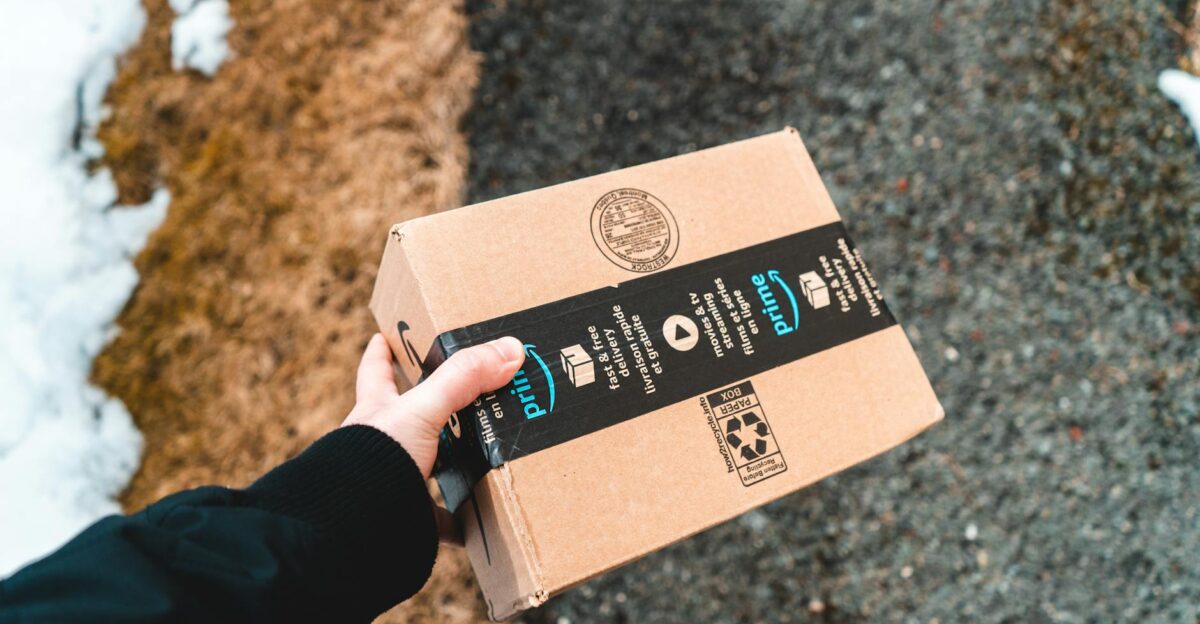
This new venture, where rural America will finally have access to the joys of same-day or next-day delivery, has resulted in genuine excitement. Social media is filled with posts from happy customers who have received the first quick deliveries that they never had access to before.
But amidst the celebrations, there’s a sense of unease—some are concerned about what will be sacrificed in the process. Is everyone a winner, or is someone quietly losing out?
Why the Big Switch? Competition, Prices, and the Battle for Loyalty
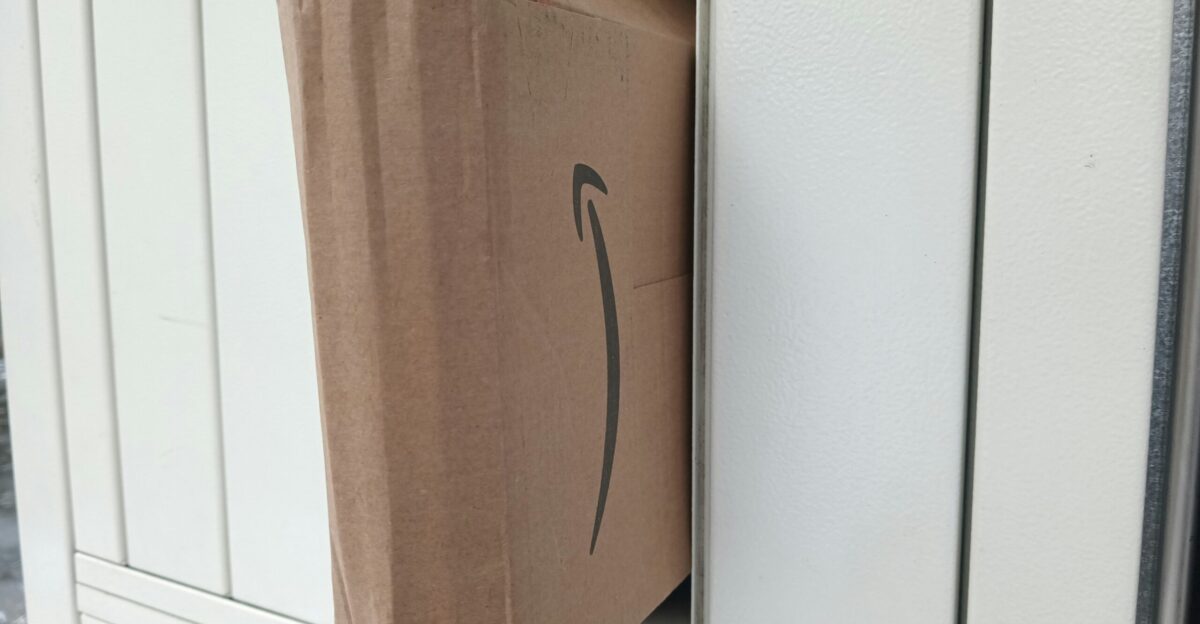
Amazon’s changes aren’t so much about connecting with rural America; they’re about keeping pace with Walmart and Target. As rivals offer ultra-fast delivery and lower prices, Amazon must cut costs and simplify logistics.
Therefore, the company has stated that the changes aim to increase efficiency and sustainability, but there’s more to it: defending loyalty in a hyper-competitive space.
Prime’s 2-Day Delivery Promise Quietly Dropped
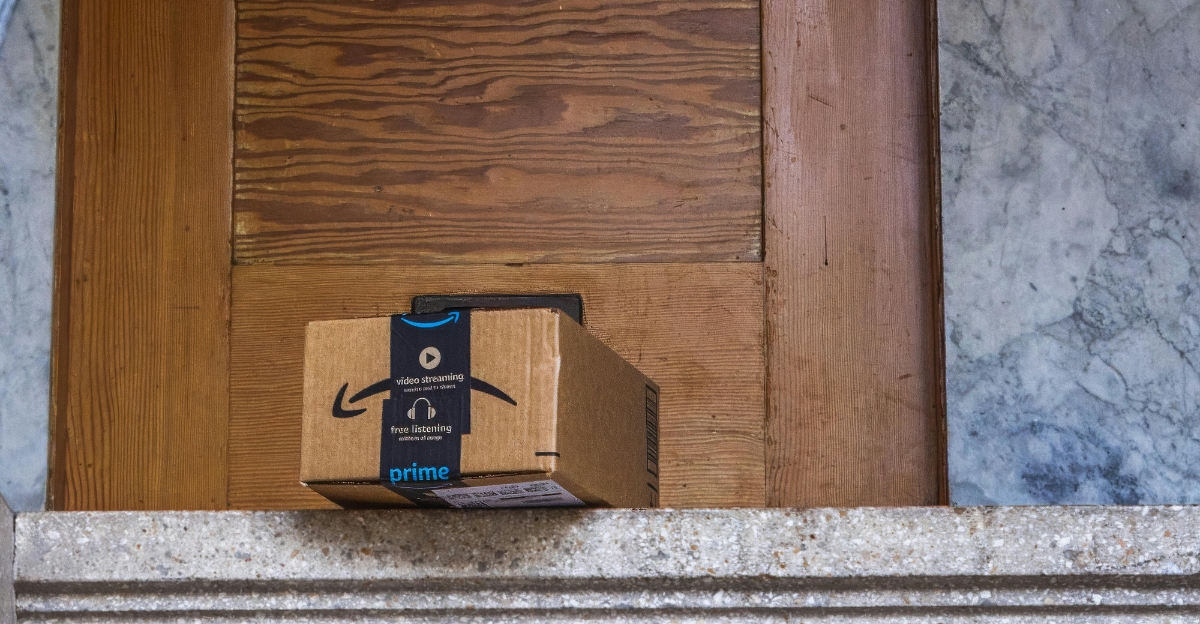
However, according to an article published on eCommerce Next and social media posts, Amazon appears to have quietly extended its standard Prime delivery window from two days to four days in many regions.
This alteration, hidden behind updates and explained as a logistical necessity, has fueled outrage on social media. With no official statement from Amazon regarding this change, the #PrimeUnsubscribe hashtag is trending.
Moreover, a Consumer Insights survey indicates that 30% of customers are considering cancelling their membership as a result. For many, the fast, free shipping that defined Prime is no longer guaranteed.
What Does This Mean for Your Membership? Value Under Pressure
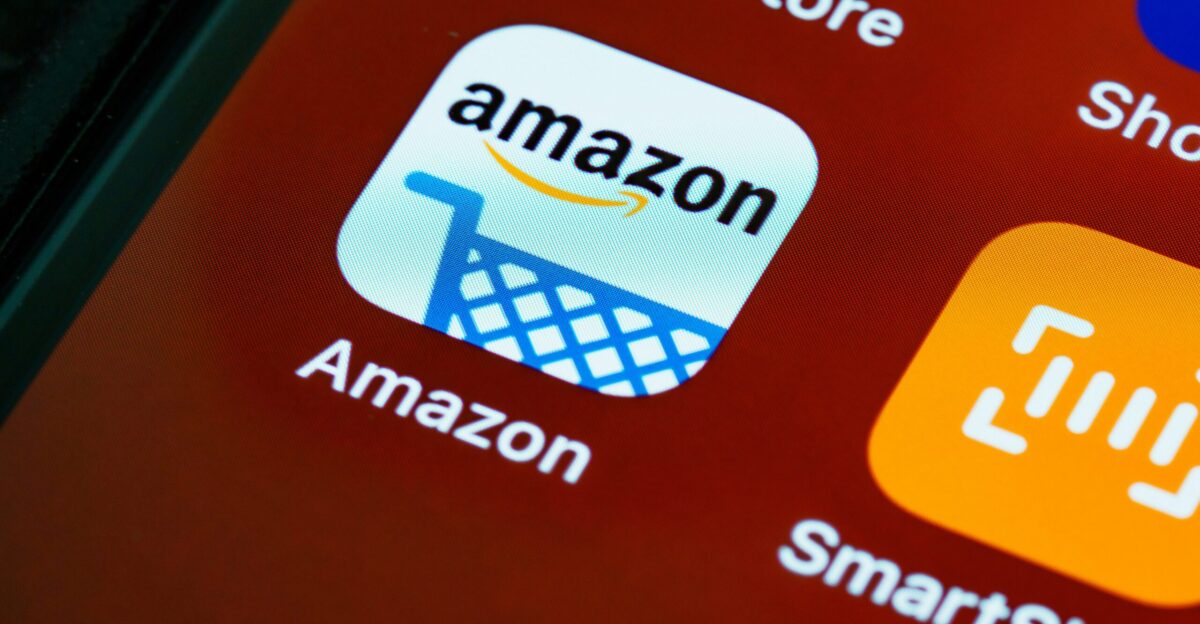
For devoted Prime subscribers, the change feels personal. The $139 annual (or $14.99 monthly) fee once bought close-to-immediate gratification; now, it buys uncertainty. Some locations still get lightning-fast shipping, but some are delayed and have limited assortment.
The value proposition is evolving, and members wonder: Is Prime worth it?
The New Reality: Winners, Losers, and the Fine Print
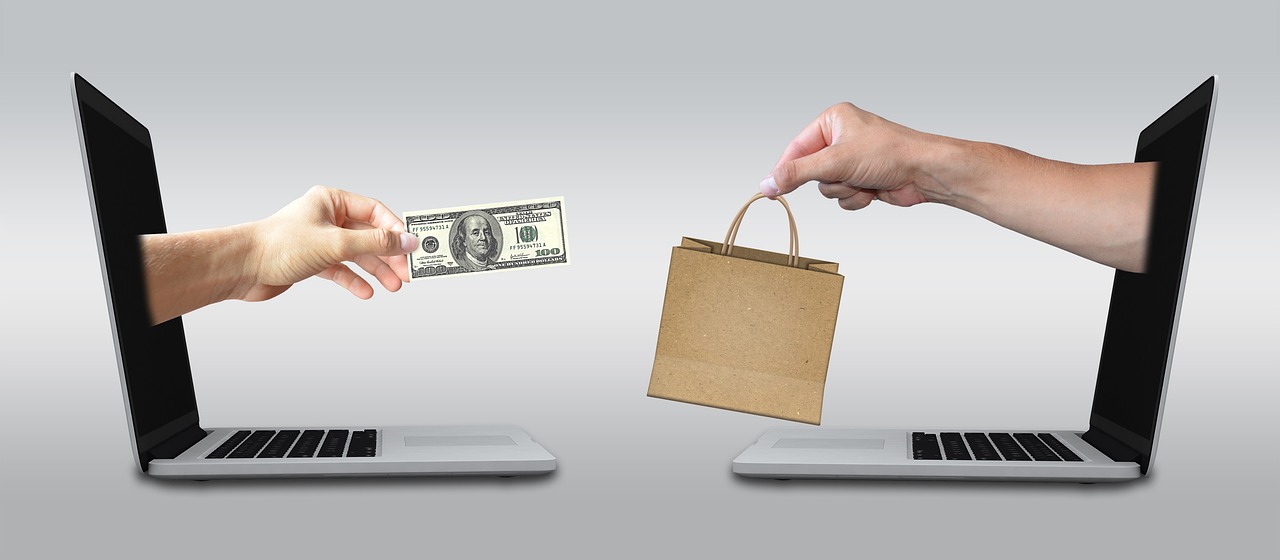
What’s more is that not everyone is affected equally. According to Investopedia, rural shoppers will see significant improvements, and urban and suburban members, the original subscribers, will wait longer and receive decreased benefits. The change is sparking heated debates on Facebook and Reddit.
The Backlash: Outrage and Cancel Culture

The backlash has been hard felt. Social media feeds are filled with posts about order delays and irate ramblings. Some are protesting by cancelling their subscriptions, while others are giving Amazon “one last chance” to deliver the quality of service they have promised.
Industry Ripples: Competitors Swoop In, Shoppers Get Choosy

In light of this, Walmart and Target are capitalizing on this outrage, with faster delivery, lower fees, and hybrid online-offline experiences. As Amazon appears to drop membership perks quietly, competitors are introducing aggressive promotions, hoping to lure away disillusioned Prime subscribers.
The Bigger Picture: Is This the End of an Era for Prime?
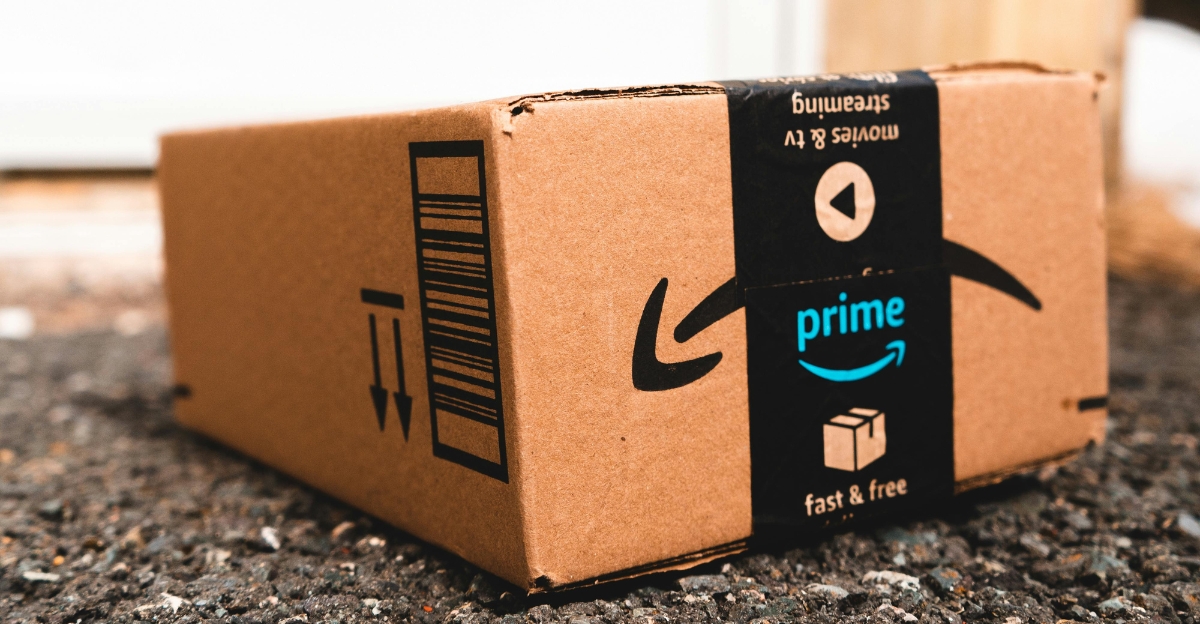
Amazon’s reversal of its quick delivery promise to certain areas shows a bigger shift in e-commerce: Speed is expensive, and even giants must make sacrifices. The end of two-day shipping is the end of an era—and the start of a new one where convenience is redefined and loyalty hangs in the balance.
What’s Next? Will Prime Win Back Trust—or Keep Quietly Changing?
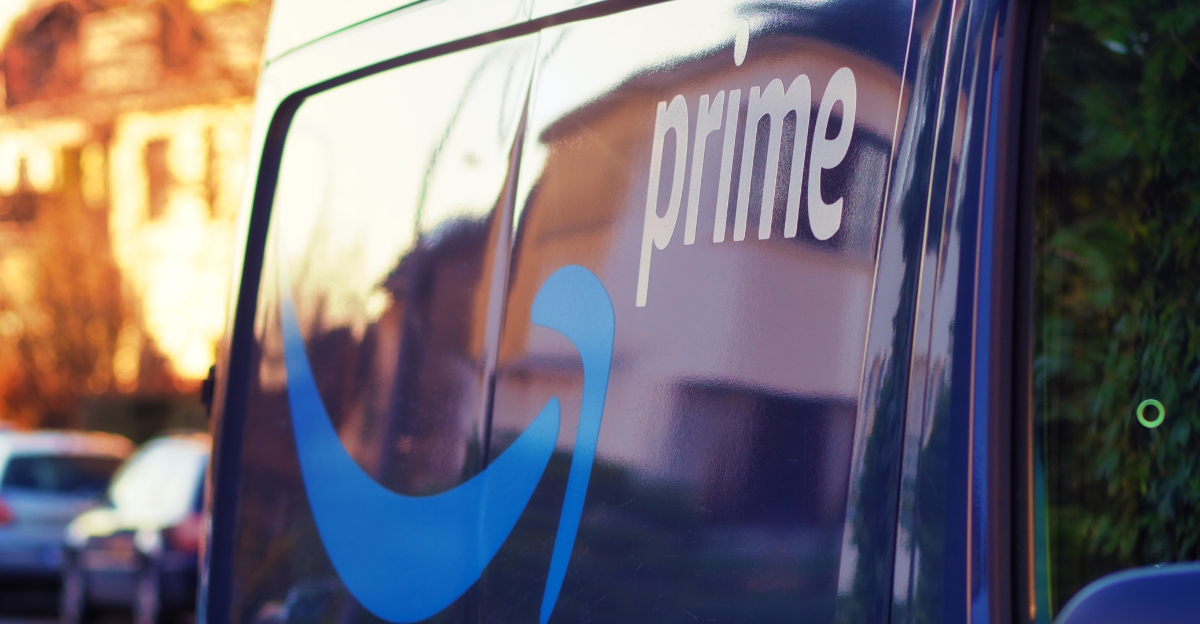
As Amazon doubles down on rural America and reshapes its logistics departments, one question remains: Can it continue to deliver on its original promises that Prime represents, or will more beloved features make quiet departures?
The next move is Amazon’s, but the conversation is now in the hands of millions of customers—on Reddit, TikTok, and elsewhere— who are watching, waiting, and ready to redefine what “Prime” means to them from now on.
